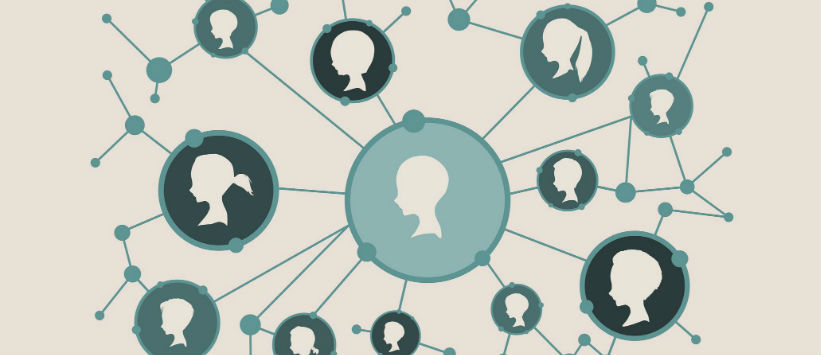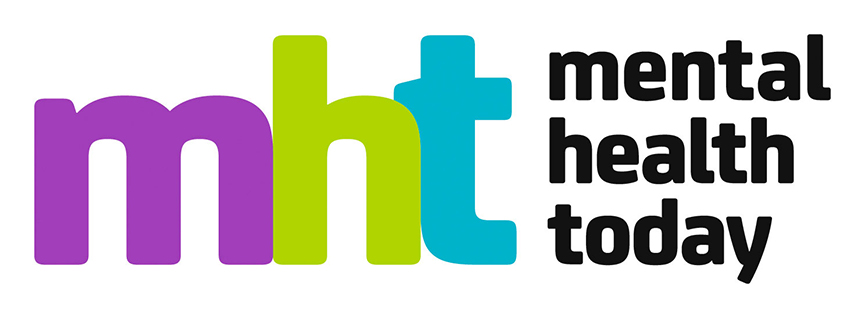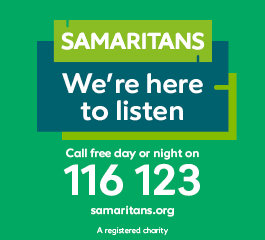Social media is here to stay but before saying the same of its mental health triggers, first understand what they are
20 April 2018
Social media backlash is reaching new heights but it's embedded in our world. Understanding the notion of social media drama – and individual feelings towards it – is fundamental when considering when and where young people can flourish, writes Mark Brown.
We live in an age where social media is as much part of the infrastructure of life as roads or supply chains. A mysterious, powerful realm; social media is a unique attractor of moral panics and jeremiads about the state of society. Given the ongoing row about the effect social media has had on elections, you’d think we’d be asking what damage social media does to all users. But it’s concern about young people’s social media use that most often bubbles to the surface.
"Wellbeing and mental health online is almost defined by the amount of drama you crave, versus the amount of drama you can tolerate... None are reducible to the myth that social media is always just teens sharing pictures of themselves, their new shoes or their dinner, or can just be switched off."
80% of the UK population backs the notion of stronger regulation of social media companies to address the impact it has upon young people, according to a new poll carried out on behalf of independent health education charity The Royal Society of Public Health. The survey found that more than half (56 percent) of people aged 18-24 say they are likely to quit social media due to concerns about its mental health and wellbeing impact. 52 percent of respondents to the survey said not enough is being done by social media companies to address the impact of social media on mental health and wellbeing, with two in five (41 percent) also saying the Government is not doing enough. The poll coincided with the formation of a new All Party Parliamentary Group to focus on the area.
Discomforts around young people’s social media use often come coated in nostalgia and prescriptions for a life which for many young people has no chance of existing. Running through fields of wheat and filling an i-spy book with bullfinches and grebes is not on the agenda for many teenagers right now. Young people are growing to adulthood in a country that is different from the country that existed before the arrival of ubiquitous connection via smartphones and social media. Social media went big at the same point that austerity did. We lost our libraries, youth clubs and schools funding but we got smartphones and snapchat instead. Often focused upon by research is the physical act of device use and the way that impedes ‘real world’ proper interaction. This may be the wrong way to look at the question.
Drama exposure
Critical to understanding young people’s social media life is the idea of drama. Social media drama is that difficult-to-define buzz you feel when things begin to shoot off in unexpected and exciting directions. It’s the combination of knowing something is happening and feeling as if you have a stake in it or a connection to it. Wellbeing and mental health online is almost defined by the amount of drama you crave, versus the amount of drama you can tolerate, versus the amount of drama to which you are actually exposed and your tools and capacity to mitigate its effects.
Young people are not digital naives. They are often deeply aware of the potential for social media use to lead to bad outcomes. Young people know that social media is home to many who may not have their interests at heart. Young people online can experience bad treatment from other young people and from adults. These might be people in their real world circle or outside it. There are few, if any, social media platforms that are not rife with racists, sexists, homophobes and transphobes and other who seek to be cruel, exploitative or actively injurious. As uncomfortable as it is to recognise, this opportunity to cause harm might be what attracts certain young people to them in the first place. Young women of any age step into a world of unwanted sexual advances and transgressions of their personal boundaries on social media. This is not their fault for being online.
Different platforms have different sized circles of potential drama: ranging from friendship groups; to ‘communities’ of fans or followers; to potentially the whole world. Pinterest has dramas. Facebook has dramas. Going back to the 1980s, early message boards had dramas. Drama might be two prominent youtubers falling out, leading to a war between their fanbases in comment sections and reaction videos that spills out onto other platforms. Drama might be someone within your friend circle saying awful things about you or someone else. Drama might be the wider turmoil of political life and activism.
Some drama might be exciting like a campaign to boycott a racist speaker or to get a certain song to number one. Other drama might be horrible, hurtful or distressing, like being trolled because you’re a young black woman with an opinion or being ridiculed for your photographs by a complete stranger or feeling like you are the target of a wider social backlash or feeling like you are the footsoldier in creating one. Where drama overlaps into real life the stakes are even higher. #metoo, #blacklivesmatter, #gamergate, #MAGA: these are all social media dramas with real identity-forming or confirming impacts and real world impacts. None are reducible to the myth that social media is always just teens sharing pictures of themselves, their new shoes or their dinner or can just be switched off.
Online life has the same emotional realities as offline life, but that does not mean that life online is merely a pale, virtual stand-in for life offline. There is not quite a real world parallel for the alt-right recruiting sad young men via social media interactions or for the experience of being an observer to a right wing fictional character hacking and taking over a more left-leaning fictional character's instagram account, but both are real events in social media.
Public debate on the topic often comes with an inbuilt paternal bias, landing somewhere between listening at the bedroom door and asking ‘what are you doing in there?’; looking out of the window as they leave for school and wondering ‘what’s going to happen to them out there?’ and wagging a finger as they sit shame-faced and demanding they explain ‘just what were you bloody thinking?’ The debate could look at helping young people to flourish online, if that’s their choice, as much as it gravitates towards helping users to flourish offline. It’s not one or the other. We can help young people find ways both to be safe online and to not make others feel unsafe. To be of any use at all we must understand that the drama is real, whether we choose to see it or not.
Show your support for what you’ve read today. Enable us to keep finding and sharing the ideas that will better shape tomorrow’s mental health care.




Comments
Write a Comment
Comment Submitted